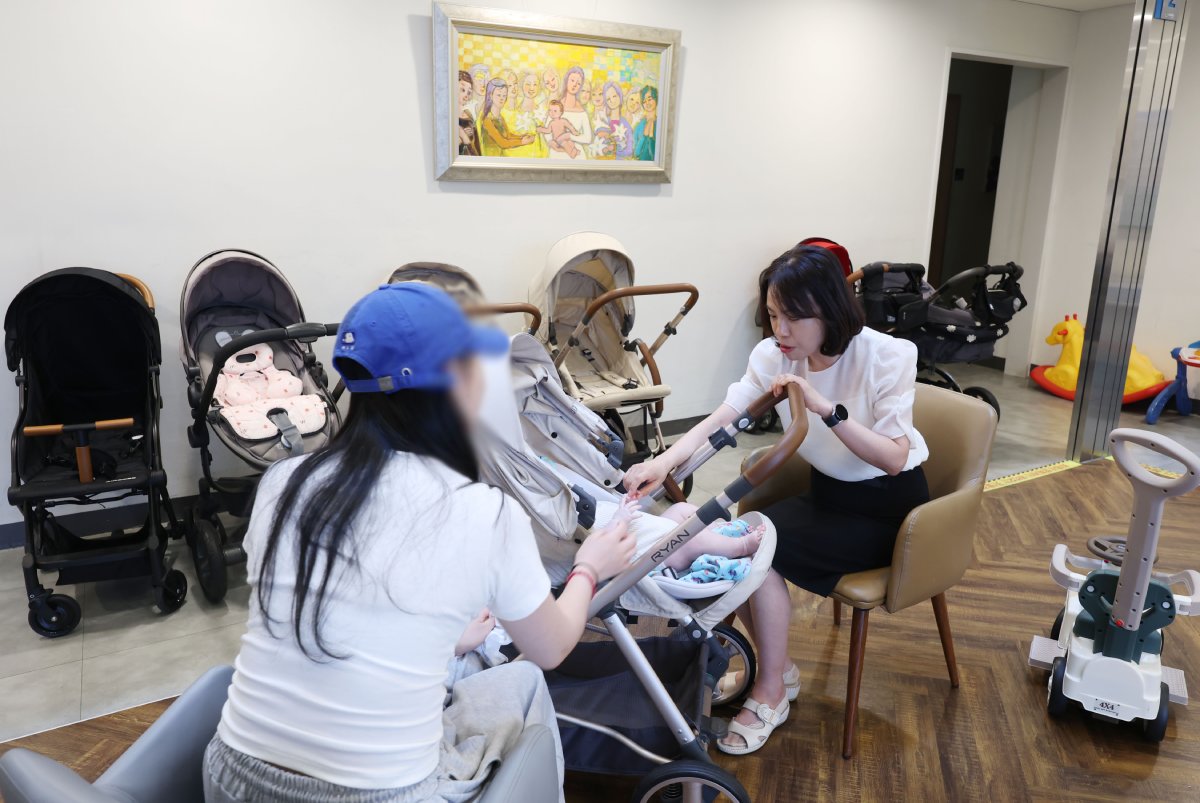Why did Korea Industrial Development go bankrupt?
Why did Korea Industrial Development go bankrupt?
Posted March. 05, 2001 13:56,
The bankruptcy of Korea Industrial Development (KID), one of the Hyundai Group`s three major construction arms, stemmed from excessive expansion and its takeover of ailing sister companies, including Hyundai Aluminum and Hyundai Livart. For this reason, many KID staffers said they were victims of the conglomerate`s crippled management.
The bankruptcy of KID is feared to deal a serious blow to its subcontractors, further dampening prospects for the domestic construction industry.
A financially healthy company with net profits of 2.28 billion won in 1998, when the foreign exchange crisis was still battering the nation, KID absorbed Hyundai Aluminum in July 1998 on the orders of the group`s planning and coordinating office, and merged with Hyundai Livart in December the same year.
Hyundai Livart turned all its liabilities over to KID and was separated from the parent group. Hyundai Aluminum is scheduled to be sold to a third party but a suitable candidate has yet to emerge. In the process of absorbing the two firms, KID suffered losses of 28.9 billion won in 1999 and 18.56 billion won in the first nine months of 2000. Some of its problems were of its own making. KID was too ambitious in its expansion plans and this led to management difficulties. Due to the accumulation of unsold apartments and land purchasing costs of over 100 billion won, KID faced a serious financial crunch. A KID official confessed, ``Starting in October last year, it was just a matter of time before KID went bankrupt.``
Another analyst said, ``The problems began in the process of separating the two affiliated firms from the Hyundai Group.`` Hyundai Motor was the largest shareholder of KID, with 22.7% equity as of September last year. Hyundai Group affiliates break down into the automobile, heavy industry and construction categories, of which KID belongs in the last. But Hyundai Engineering and Construction refused to extend financial support to the KID due a funding shortage of its own.
Hyundai Heavy Industries (HHI) eventually took over 19.74% equity in KID, thus becoming the largest shareholder. But HHI support also was limited and KID was doomed to go under.
The government regards the bankruptcy of KID as a natural outcome of a system, which went into effect in earnest starting this month, under which nonviable companies face liquidation. Noting that the government decided to exclude ailing companies subject to liquidation from the list of those eligible for fresh financial support, a government official said, ``The KID bankruptcy was in line with market principles.``
However, the bigger problem is the impact the KID bankruptcy will have on its 1,000-odd subcontractors. If it leads to a series of bankruptcies among these firms, the damage is expected to be extremely heavy.
Kim Dong-Won bonhong@donga.com







